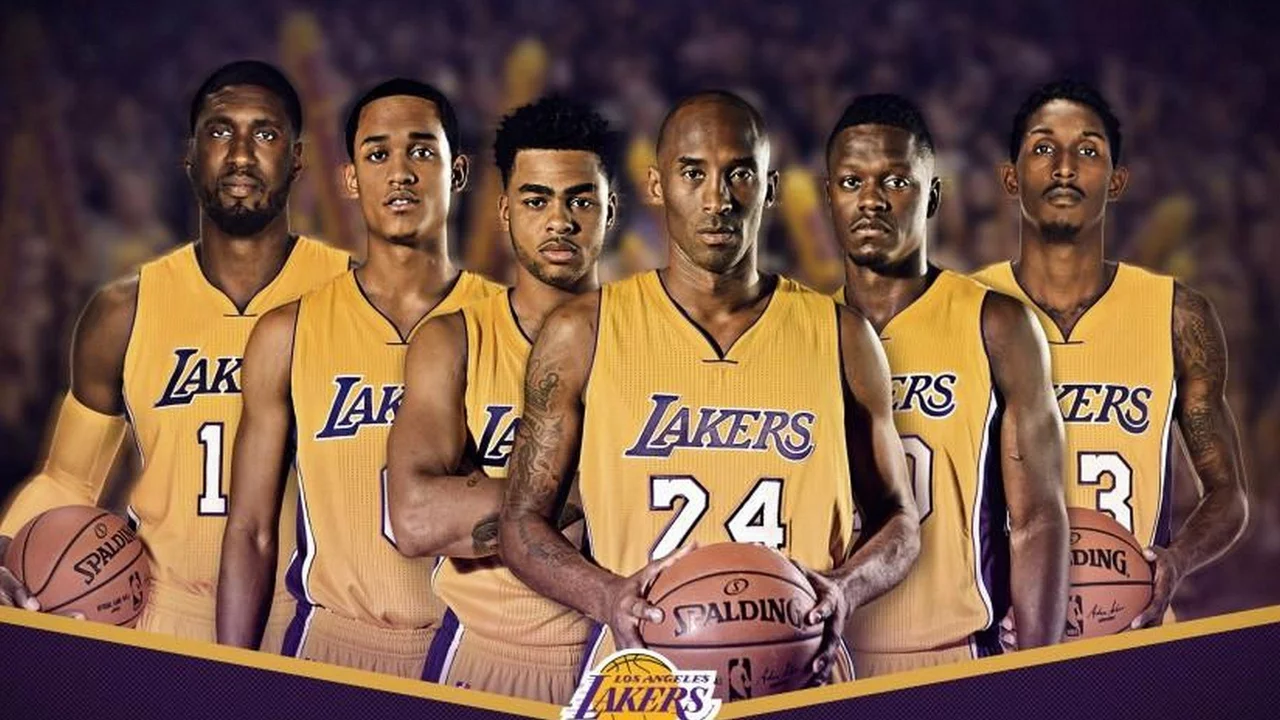Sports Geography: How Location Shapes the Game
When working with sports geography, the study of how places, regions and venues affect sports performance, fan culture and economic impact. Also known as geographic sports analysis, it helps clubs, broadcasters and policymakers make location‑based decisions.
A core piece of sports geography is the stadium, a venue that anchors local economies and shapes travel patterns for fans. The stadium’s city, climate and transport links often decide whether a team can draw huge crowds or stay half‑empty. That directly feeds into regional rivalry, the competitive tension between neighboring clubs that fuels ticket sales and media buzz. When two cities are just a train ride apart, the rivalry spikes, and you’ll see a surge in ticket demand and social media chatter.
Another big driver is viewership, the number of people watching a match on TV or streaming platforms. Viewership numbers are not random; they follow the map of fan bases, time zones and broadcast rights. A match played in a major city with a global brand tends to pull in millions, while the same fixture in a smaller town might stay local. This link shows how sports geography influences broadcast strategies and advertising spend.
Why Location Matters for Sports Tourism and Economics
Sports tourism is the next piece of the puzzle. Fans travel to attend games, concerts, or tournaments, turning a simple match into a city‑wide economic boost. The distance to the venue, nearby attractions and accommodation options all sit under the sports geography umbrella. Cities that invest in modern stadiums, easy transport and visitor-friendly policies often see higher tourism revenue during big events.
All these entities connect in clear ways: sports geography encompasses stadium location analysis, stadium location influences regional rivalry, and regional rivalry drives viewership patterns. Likewise, viewership data helps broadcasters decide where to place cameras, which in turn shapes future stadium upgrades. Understanding these cause‑and‑effect chains lets readers see why a club’s success isn’t just about talent on the pitch.
Below you’ll find a curated collection of articles that dive deeper into these topics – from a Chelsea‑Liverpool clash at Stamford Bridge to the record‑breaking women’s rugby semi‑final broadcast. Each piece highlights a different angle of sports geography, giving you practical insights you can use whether you’re a fan, a marketer or a city planner.
Why are there two NBA teams in Los Angeles?
Los Angeles is home to two NBA teams, the Lakers and the Clippers, largely due to the city's massive population and rich basketball history. The Lakers moved to LA from Minneapolis in 1960, capitalizing on the growing entertainment industry. The Clippers, originally the Buffalo Braves, relocated to LA in 1984 seeking the same market success. The dual existence has sparked a city-wide rivalry, adding to the excitement and fan engagement. So, the sheer size and love of basketball in LA makes it a viable city for two NBA teams.
